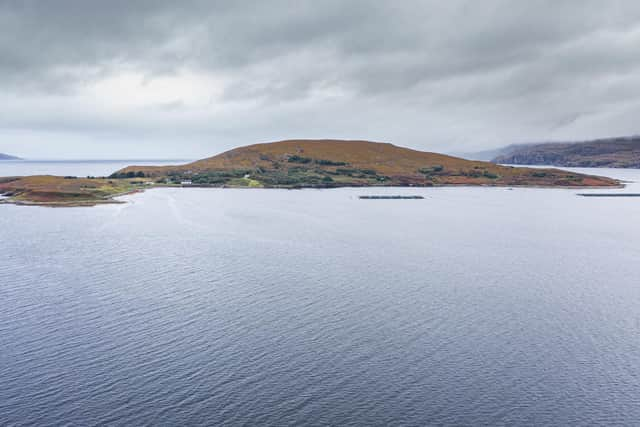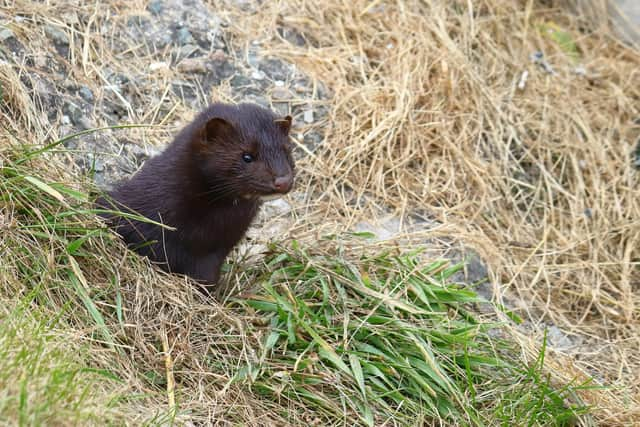Uninhabited island gets new residents as American mink moves in
Isle Martin in the Summer Isle has not been lived on permanently for 30 years, but now American mink have made themselves at home in the island’s three empty houses.
The island is community owned after it was gifted to the people Loch Broom and Coigach on the mainland in 1999 by the RSPB.
Advertisement
Hide AdAdvertisement
Hide AdVolunteers are working flat out to get the houses opened up as holiday homes with the mink discovered after a volunteer went over to check the island after a long period of bad weather.
One member of the Isle of Martin Trust said: “Someone was able to get over and the mink had got in to every single house and into all the bedrooms. They are old houses, there are holes everywhere. Our priority is to clear up the damage they have caused.”
Work is ongoing to bring down numbers of American Mink in Scotland, which started breeding in the wild after escaping from Scotland’s commercial fur farms, either on their own or with the help of animal liberation activists.
The first Scottish fur farm opened in 1938 with the first mink escape reported that year. A rapid spread of wild mink was recorded between 1962 and 1974 after they went on the run from farms in the Firth of Forth and Grampian areas. By the 1980's mink had made it north of the Great Glen.


Callum Sinclair, project manager of the Scottish Invasive Species Initiative (SISI) at Nature Scot, said the mink likely swam over from the Ullapool area, where numbers are being controlled.
He added it wasn’t the first time that the animals had made it to Isle Martin.
Mr Sinclair said: “Minks are great at migrating long distances and they are good swimmers, so they would be able to bomb over the sea to the island quite easily. They are moving around about now to find new breeding grounds.
He said it was normal for the mink to travel up to 20km, but in a fifth of cases they can travel for more than 80 kilometres to find a new home.


Advertisement
Hide AdAdvertisement
Hide AdConsidered avid hunters, they are generally not aggressive to humans but are known to kill more than they need to eat, and can leave a trail of ecological and environmental devastation in their wake
Mr Sinclair said: "They are not fussy about what they take. They go for ground nesting birds such as curlew and lapwing and they are very effective at going in and hoovering up endangered water voles.
“Water Voles are in decline, and American mink are a major part of that.”
Mink are controlled over a huge area of the north of Scotland, from Perth out to Wester Ross. While there are no plans in place right now to catch the Isle Martin invaders, he said he would welcome discussions with the community on how to lay and check traps for the creatures.


He added: “We do catch mink from across the Ullapool area but the reality is that we never get them all.”
Between 2018 and 2021, a total of 476 mink were been removed. The figure rose from 68 in the first year to 107 in the last.
Comments
Want to join the conversation? Please or to comment on this article.
